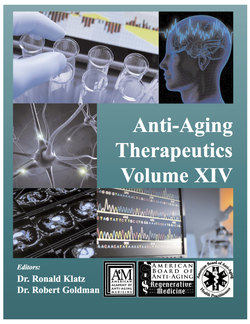Читать книгу Anti-Aging Therapeutics Volume XIV - A4M American Academy - Страница 16
На сайте Литреса книга снята с продажи.
CONCLUDING REMARKS
ОглавлениеAutologous fat transplantation has great appeal for facial rejuvenation and soft tissue augmentation because it avoids complications of foreign material and requires no surgical scars. However, the technique has been limited by the unpredictability of graft survival.1-3
The above method of cell-assisted facial fat transfer combines optimal harvesting and implantation of adipocytes with the addition of growth factors from PRP and a cell population derived from the enzymatic digestion and centrifugation of adipose tissue SVF. This SVF contains ADSCs, pre-adipocytes, endothelial cells, fibroblasts, macrophages, NK cells, and others. The ADSCs offer proliferative potential and the ability to differentiate into mature adipocytes and endothelial structures, as well as, secrete cytokines and growth factors.5-8
In the cell augmented lipotransfer (CAL) strategy, ADSCs are used to increase angiogenesis, improve graft survival, and reduce postoperative atrophy. These cells (found in SVF) are added to intact adipocytes, which provide volume and act as a living scaffold.12
A potential improvement in the efficacy of growth factor and cell assisted lipotransfer is likely due to ADSCs differentiating into mature adipocytes as cell turnover progresses, as well as other ADSCs differentiating into vascular endothelial cells contributing to neo-angiogenesis during the healing process. This results in increased microvasculature, decreased central necrosis, and prolonged survival of the transplanted adipocytes.6,8-10,12
